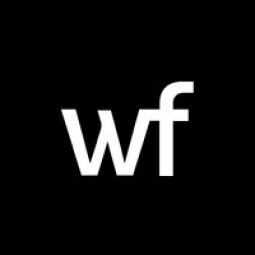技术
- 基础设施即服务 (IaaS) - 公共云
- 平台即服务 (PaaS) - 应用开发平台
适用行业
- 食品与饮料
适用功能
- 采购
用例
- 库存管理
- 室外环境监测
关于客户
Martin & Servera 是瑞典领先的餐厅和批发专家,总部位于斯德哥尔摩,仓库战略性地分布在恩雪平、哈尔姆斯塔德、诺尔雪平和于默奥。该公司每天向各种客户交付食品、饮料和设备,包括托儿所、咖啡馆、餐馆和大型连锁酒店。由于公共采购法以及对产品和可追溯性的高要求,Martin & Servera 在私营和公共部门拥有独特的客户群。该公司致力于可持续发展,并向所有供应商引入了行为准则,以确保符合其业务模式以及对社会和环境责任的期望。
挑战
Martin & Servera 是瑞典领先的餐厅和批发专家,由于在全球销售和采购的产品种类繁多,因此在管理可持续发展工作方面面临着重大挑战。该公司致力于确保其 1,000 多家供应商满足其产品可持续性要求和期望。然而,手动收集所有相关信息并处理实时数据和分析成为一个压倒性的、依赖于个人的过程。该公司需要一种解决方案,使供应商能够轻松报告信息、跟踪其证书并提供数据概览。这导致了彻底的调查和需求分析,以找到合适的系统来管理和监控供应商。
解决方案
Martin & Servera 选择 Worldfavor 的可持续采购解决方案来简化供应商跟进,并使公司的可持续发展信息能够在一处收集和查看。实施以来的重点是邀请 Martin & Servera 供应商并收集数据,下一步是对收集到的数据进行跟进和采取行动,其中包括从证书到行为准则履行情况的所有内容。 Worldfavor 的平台使数据收集变得更容易处理,并提供直观的概述,不仅适合那些从事可持续发展工作的人,也适合从事采购工作的同事。平台的地图功能用于决定和计划下次供应商拜访。
运营影响
数量效益

Case Study missing?
Start adding your own!
Register with your work email and create a new case study profile for your business.
相关案例.

Case Study
The Kellogg Company
Kellogg keeps a close eye on its trade spend, analyzing large volumes of data and running complex simulations to predict which promotional activities will be the most effective. Kellogg needed to decrease the trade spend but its traditional relational database on premises could not keep up with the pace of demand.
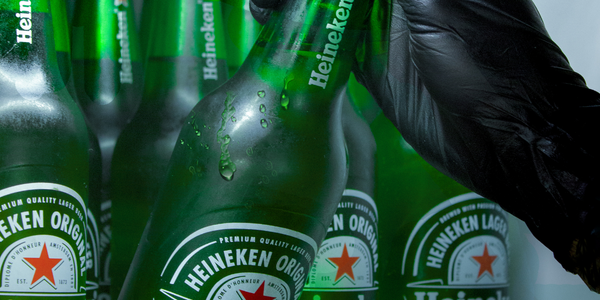
Case Study
HEINEKEN Uses the Cloud to Reach 10.5 Million Consumers
For 2012 campaign, the Bond promotion, it planned to launch the campaign at the same time everywhere on the planet. That created unprecedented challenges for HEINEKEN—nowhere more so than in its technology operation. The primary digital content for the campaign was a 100-megabyte movie that had to play flawlessly for millions of viewers worldwide. After all, Bond never fails. No one was going to tolerate a technology failure that might bruise his brand.Previously, HEINEKEN had supported digital media at its outsourced datacenter. But that datacenter lacked the computing resources HEINEKEN needed, and building them—especially to support peak traffic that would total millions of simultaneous hits—would have been both time-consuming and expensive. Nor would it have provided the geographic reach that HEINEKEN needed to minimize latency worldwide.
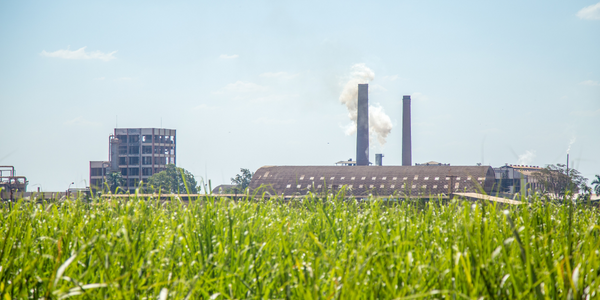
Case Study
Energy Management System at Sugar Industry
The company wanted to use the information from the system to claim under the renewable energy certificate scheme. The benefit to the company under the renewable energy certificates is Rs 75 million a year. To enable the above, an end-to-end solution for load monitoring, consumption monitoring, online data monitoring, automatic meter data acquisition which can be exported to SAP and other applications is required.
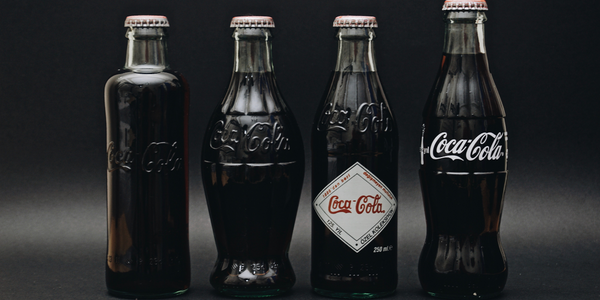
Case Study
Coca Cola Swaziland Conco Case Study
Coco Cola Swaziland, South Africa would like to find a solution that would enable the following results: - Reduce energy consumption by 20% in one year. - Formulate a series of strategic initiatives that would enlist the commitment of corporate management and create employee awareness while helping meet departmental targets and investing in tools that assist with energy management. - Formulate a series of tactical initiatives that would optimize energy usage on the shop floor. These would include charging forklifts and running cold rooms only during off-peak periods, running the dust extractors only during working hours and basing lights and air-conditioning on someone’s presence. - Increase visibility into the factory and other processes. - Enable limited, non-intrusive control functions for certain processes.
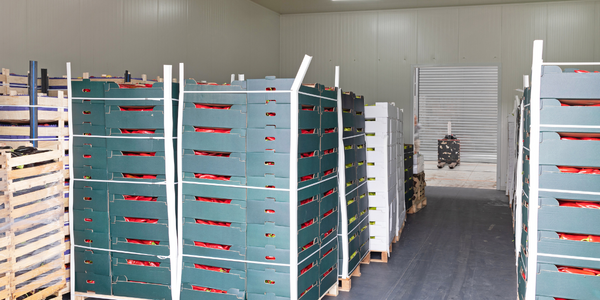
Case Study
Temperature Monitoring for Restaurant Food Storage
When it came to implementing a solution, Mr. Nesbitt had an idea of what functionality that he wanted. Although not mandated by Health Canada, Mr. Nesbitt wanted to ensure quality control issues met the highest possible standards as part of his commitment to top-of-class food services. This wish list included an easy-to use temperature-monitoring system that could provide a visible display of the temperatures of all of his refrigerators and freezers, including historical information so that he could review the performance of his equipment. It also had to provide alert notification (but email alerts and SMS text message alerts) to alert key staff in the event that a cooling system was exceeding pre-set warning limits.
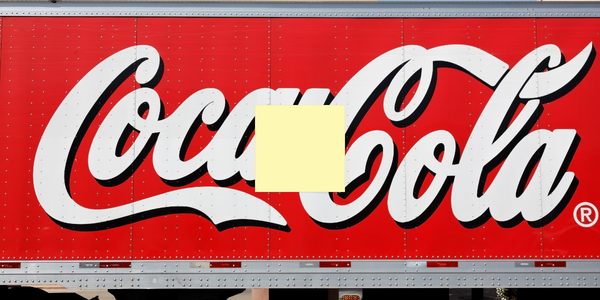
Case Study
Coca-Cola Refreshments, U.S.
Coca-Cola Refreshments owns and manages Coca-Cola branded refrigerators in retail establishments. Legacy systems were used to locate equipment information by logging onto multiple servers which took up to 8 hours to update information on 30-40 units. The company had no overall visibility into equipment status or maintenance history.




